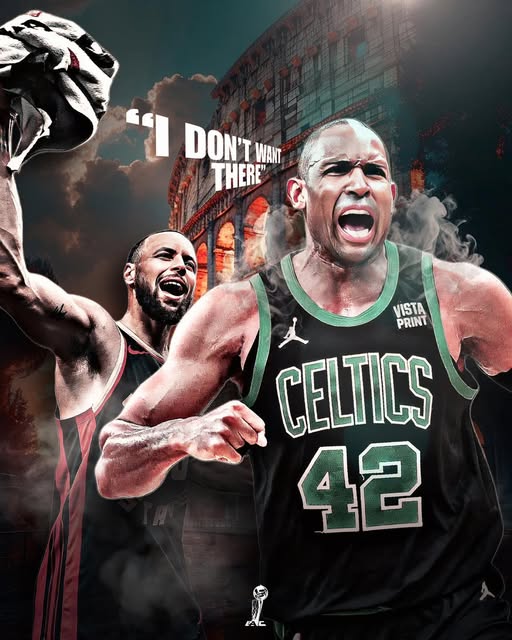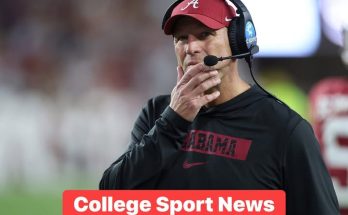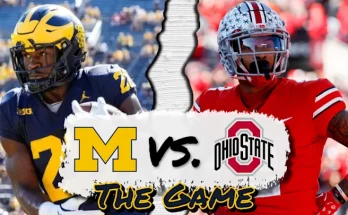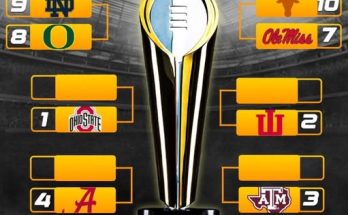The Golden State Warriors’ offseason has taken another twist following an unexpected development that left front office executives, coaching staff, and fans momentarily stunned. For a franchise that has become synonymous with championship pedigree, calculated moves, and elite roster-building, the news that veteran forward/center Al Horford did not sign with the team as anticipated last week is more than just a missed transaction—it is a rare misstep that could have long-lasting ripple effects on the team’s competitiveness heading into a critical season.
Al Horford, who recently concluded his season with the Boston Celtics, had been on the radar of several contending teams looking to bolster their frontcourt with experience, leadership, and versatile two-way play. The Warriors, known for their smart acquisitions and the blending of veteran savvy with young talent, were believed to be at the front of the line for Horford’s services. According to multiple sources close to the organization, Golden State expected Horford to commit to a deal last week, a move that would have helped shore up their interior defense and provide much-needed spacing from the five position. But that deal never came to fruition.
The anticipation of Horford’s signing wasn’t just speculative. Golden State had reportedly cleared salary cap room and paused other roster decisions while awaiting his final decision. There were internal discussions about how Horford would fit into Steve Kerr’s system, how his high IQ and defensive positioning could compensate for Draymond Green’s declining minutes, and how his passing could help ignite the Warriors’ signature motion offense. Simply put, Golden State wasn’t just interested in Horford—they were planning around him. And when the veteran big man didn’t sign, it forced the team into a moment of re-evaluation that has yet to fully settle.
Horford, now 38, has carved out a reputation as one of the most professional and team-oriented players in the NBA. His value goes beyond the box score. With over a decade and a half of playoff experience, including multiple conference finals and two trips to the NBA Finals, Horford’s resume speaks volumes. He brings defensive switchability, a calming presence in the locker room, and the ability to stretch the floor—all traits that align perfectly with the Warriors’ style of play. Golden State’s belief that he would sign wasn’t just based on need—it was rooted in mutual interest. Horford, by many accounts, was intrigued by the opportunity to play in the Bay Area alongside Steph Curry, Klay Thompson, and Draymond Green. It was an opportunity for him to potentially cap off his storied career with another championship.
But the shift came quietly and without public statement. Horford’s camp never formally confirmed talks with Golden State, but insiders say the negotiations were “serious and advanced.” Something changed, though. Whether it was a family decision, a change in financial terms, loyalty to the Celtics, or an internal recalculation of his role on the Warriors’ roster, Horford ultimately decided to stay put—for now.
The implications of this unexpected turn are multifaceted. First, it puts pressure on the Warriors’ front office to pivot quickly. Time is not on their side. With several key free agents already off the market and training camp looming, Golden State must now either re-engage with second-tier bigs, promote internally from their G-League affiliate, or make a trade. None of those options are as seamless or cost-effective as signing Horford to a short-term deal. The Warriors were hoping to avoid dipping deeper into the luxury tax and incurring the harshest penalties of the new collective bargaining agreement, and Horford represented a high-impact, low-risk solution. Without him, the front office faces a far more complicated puzzle.
Second, the missed opportunity may affect the Warriors’ locker room dynamic. Veteran leadership is a key element of the team’s identity, and Horford’s presence could have helped mentor younger players like Jonathan Kuminga, Moses Moody, and Trayce Jackson-Davis. More importantly, his arrival would have signaled a renewed all-in approach toward making another run at a title with Steph Curry still playing at an elite level. The Warriors have a small window remaining with their core intact, and every piece added—or missed—carries amplified importance.
There’s also the matter of perception. Around the league, Golden State is still regarded as a model franchise, but missing out on a signing that insiders thought was “inevitable” raises questions. Was there a breakdown in communication? Did the Warriors misread Horford’s intentions? Or did another team quietly step in and offer a better deal or role? None of these answers are clear at the moment, but they do highlight a rare moment of uncertainty for a team usually operating with surgical precision.
Some analysts believe that Horford’s decision not to sign might actually be tied to Boston’s internal moves. The Celtics recently restructured their roster with the addition of new role players and appeared to signal their intent to retain a veteran presence. While Horford’s minutes may continue to dwindle in Boston, his influence remains strong, and the Celtics may have reassured him that his legacy and leadership are still valued there. For a player in the twilight of his career, those intangible elements can be just as persuasive as playing time or a change of scenery.
Yet for Golden State, this development cuts deeper. They are not simply searching for warm bodies—they need the right personalities, basketball minds, and physical skillsets to compete in a deepening Western Conference. Teams like the Nuggets, Timberwolves, and Mavericks have all improved or solidified their positions. The Lakers, despite their own roster questions, are always lurking. Missing out on Horford isn’t just about one player—it’s about losing ground in a conference where margins for error are shrinking.
In response to the news, head coach Steve Kerr remained diplomatic, acknowledging in a recent interview that the team is “always looking at ways to improve” and that “sometimes deals come together, and sometimes they don’t.” Still, sources close to the organization suggest there was visible disappointment. The coaching staff had already begun informal strategic planning around Horford’s potential arrival, with some believing he could even start in certain small-ball lineups or close tight games with Curry, Green, Wiggins, and Thompson.
Now the question becomes: what’s next?
Golden State could turn its attention to other available veterans like Serge Ibaka, Bismack Biyombo, or perhaps even entertain trade ideas involving Kevon Looney, who has seen his role fluctuate. But none of these options offer the same blend of experience, defense, and IQ that Horford would have brought. There’s a risk that the Warriors will end up overpaying for a less ideal fit or pushing too many minutes on unproven talent.
From a fan perspective, the letdown is palpable. Social media buzzed with speculation last week, with many believing Horford-to-Warriors was a done deal. The news that the signing didn’t materialize left some feeling as though the front office missed a crucial step in what could be Steph Curry’s final few years of contention. Warriors supporters know how small the margins are between dynasty and decline, and missing a player like Horford, even at his age, feels like a step back when every move should be a step forward.
There is still time for Golden State to salvage the situation. The NBA offseason is unpredictable, and opportunities can arise when least expected. But the delay in Horford’s decision—and ultimately, his non-commitment—highlights how even the most experienced franchises can face complications in the modern NBA. Player empowerment, shifting priorities, and the human element of decision-making all contribute to outcomes that can derail even the best-laid plans.
In many ways, the Warriors’ failure to sign Horford is a reminder that in today’s league, no transaction is guaranteed. Golden State, a team that prides itself on chemistry, cohesion, and veteran know-how, missed a chance to strengthen all three with a single move. Now, the pressure mounts on the organization to pivot effectively and ensure that this offseason does not become a story of missed opportunities, but rather a chapter in a larger tale of adaptability and resurgence.
Al Horford’s decision may still evolve. In the NBA, doors rarely close completely. But for now, what seemed like a logical addition and a handshake away from reality has evaporated into uncertainty. For the Warriors, that’s unfamiliar and unwelcome territory.



